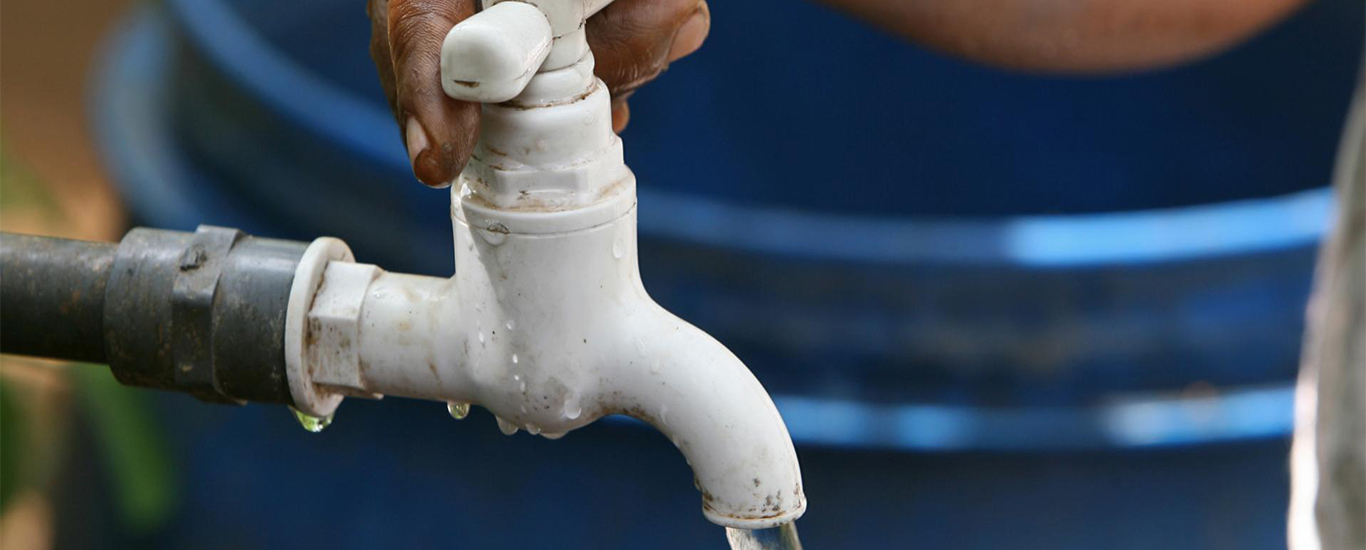
Dr. Muhammad Mohsin, Dr. Rao Zahid Abbas Dr. Muhammad Tahir Aleem, Dr. Rashid Fayyaz and Dr. Muhammad Shafi Hasni
Department of Parasitology, University of Agriculture, Faisalabad
Corresponding Author’s: onlymohsindvm@gmail.com
Pakistan is still classified as an underdeveloped country, having no suitable sanitation & cleanness measures approved effectively at ground level. This results in great problems in the country. About 1.799 million individuals die every year due to diarrhea related to immoral water. There is great need to provide clean and pure water for the best requirement of the public but people want cheaper clean water solutions. Boiling water is the commonest method in this above-discussed scenario, but due to health hazard, doing so is an issue in poorly aerated kitchens and it intensifies deforestation. So I rounded up ten low-cost method to purify water which do not involve boiling the water.
Solar treatment
Solar treatment is the best and cheapest method for killing waterborne disease-spreading microbes. In this method, water is kept under sunlight for few hours, and the presence of heat and ultraviolet radiation in sunlight kills the pathogenic microorganism present in the water. It is an established method of sterilization and it is adapted in many countries. If there is a problem in simple bottles then we can use Solvatten container top quality design solar purifier device which has good capacity for water to absorb maximum sunlight. More sunlight absorption in water means more microbes are destroyed by UV light and heat. We can check the results of solar sterilization by using disinfection indicator which can measure through light exposure the intensity and rate of destruction of microbes.
Solar distillation
It is a different method from solar sterilization because in this method we purify the water by removing muds and salts by using evaporation and condensation method. Cheap solar still with simple shape of plastic or glass which is professionally designed for this purpose, still allows the sunshine via clear panel onto the contaminated water. Water evaporates and condensation of water takes place under side of the panel. Harmful microbes are killed by this method.
Chlorination of the water:
It is the most reliable and cheapest method for killing the microbes present in the water. This method not only kills the microbes in the water but also keeps the water safe from contamination. This method is mostly adapted in poor countries. If we chlorinate the water ions, we kill the microbes present in the water.
Simple Homemade filter
This is the simple method of filtration and purification of water. Fill the bottom of a bottle with layers of sand cloth, charcoal and gravel layers. The procedure of filtration is done by the above-discussed protocol. We can use this water with good hope.
Bamboo charcoal:
In this spin on the charcoal filter, a team of E4C members in Bangalore proposed a filter made of locally available materials including charred bamboo, gravel and natural adsorbents. “The process we propose is indigenous, eco-friendly, low cost and entails minimum maintenance,” the team writes in their workspace. They estimate that their filter can handle 30 liters of water per hour, and it would be affordable for average households in the region.
Basic sanitation is essential to prevent the spread of waterborne diarrheal diseases, and also essential for the respect, dignity and safety of individuals. According to Jeff Conant, the author of Sanitation and Cleanliness for a Healthy Environment, toilets and latrines serve multiple purposes. They are a place to relieve oneself; a way to keep urine and feces away from food and water; a safety measure for women who are otherwise forced to travel far from home during their menstrual cycle in order to meet their sanitation needs; a comfortable place protected from the elements that will promote the use of sanitation instead of outdoor defecation; a way to ensure school enrollment for adolescent girls who would otherwise be forced to leave school during their menstrual cycle to meet their sanitation needs; and a way to provide a sense of respect for its owners and users.
At the end, these techniques are cheap and easy ways to control the waterborne diseases in Pakistan.






